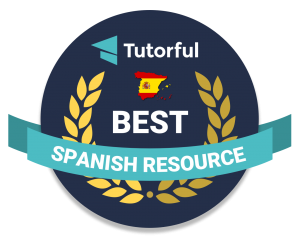I recently discovered Ben Curtis‘ Notes from Spain blog (via a Tweet from Mark Pentleton I think). The sub heading, Travel -Life -Culture, gives a flavour of what can be found on the site, but doesn’t adequately describe the breadth of information and insight offered. There’s are 3 podcasts, and the excellent Notes in Spanish section quite apart from great and varied blog posts – recent favourites of mine include photos from Spanish fiestas and ferias , a video of the madness of walking El Camino del Rey and a post about the Patios Interiores that brought flooding back the memory of descending two floors to knock on the door of a neighbour I had yet to meet in order to retrieve my smalls that had fallen off the washing line. What an icebreaker that was ;o)
Today when I checked my Google Reader there were two articles , one about news reports from Spain and the other about a new feature of Google Maps which excited me!
Entitled – Kill ten minutes in Spain with Google Maps, it points out the addition of geotagged photos and Wikipedia entries to Google maps. Really interesting and useful too as now it’s possible to look at the physical geography, satellite images, street maps and photos of places (and I’ve just discovered, you can check on traffic in the USA!). And it’s not just Spain – there are images and information from all over the world (the W is for a Wikipedia entry) Year 6 will be my first guinea pigs as we investigate the area around Wasquehal, France in Geography- they’re already very impressed by GoogleMaps and had a great time finding sites in Wasquehal on PlaceSpotting (anyone else doing this unit, there are about 8 or 9 puzzles if you use the search facility and input ‘Wasquehal’)
So I’m now off to do some virtual sightseeing before I really go to Spain next week. (click on the map to make it bigger or go to here.
[googlemaps https://maps.google.com/maps?f=q&hl=en&geocode=&q=spain&ie=UTF8&lci=lmc:panoramio,lmc:wikipedia_en&ll=39.909736,-4.350586&spn=14.482836,29.53125&t=h&z=5&output=embed&s=AARTsJq093neKo-thtF9_LkAgDNU_Gr0Pw&w=425&h=350]
Thanks Ben for the inspiration on this – and for your site which makes me feel so much closer to Spain :o)










